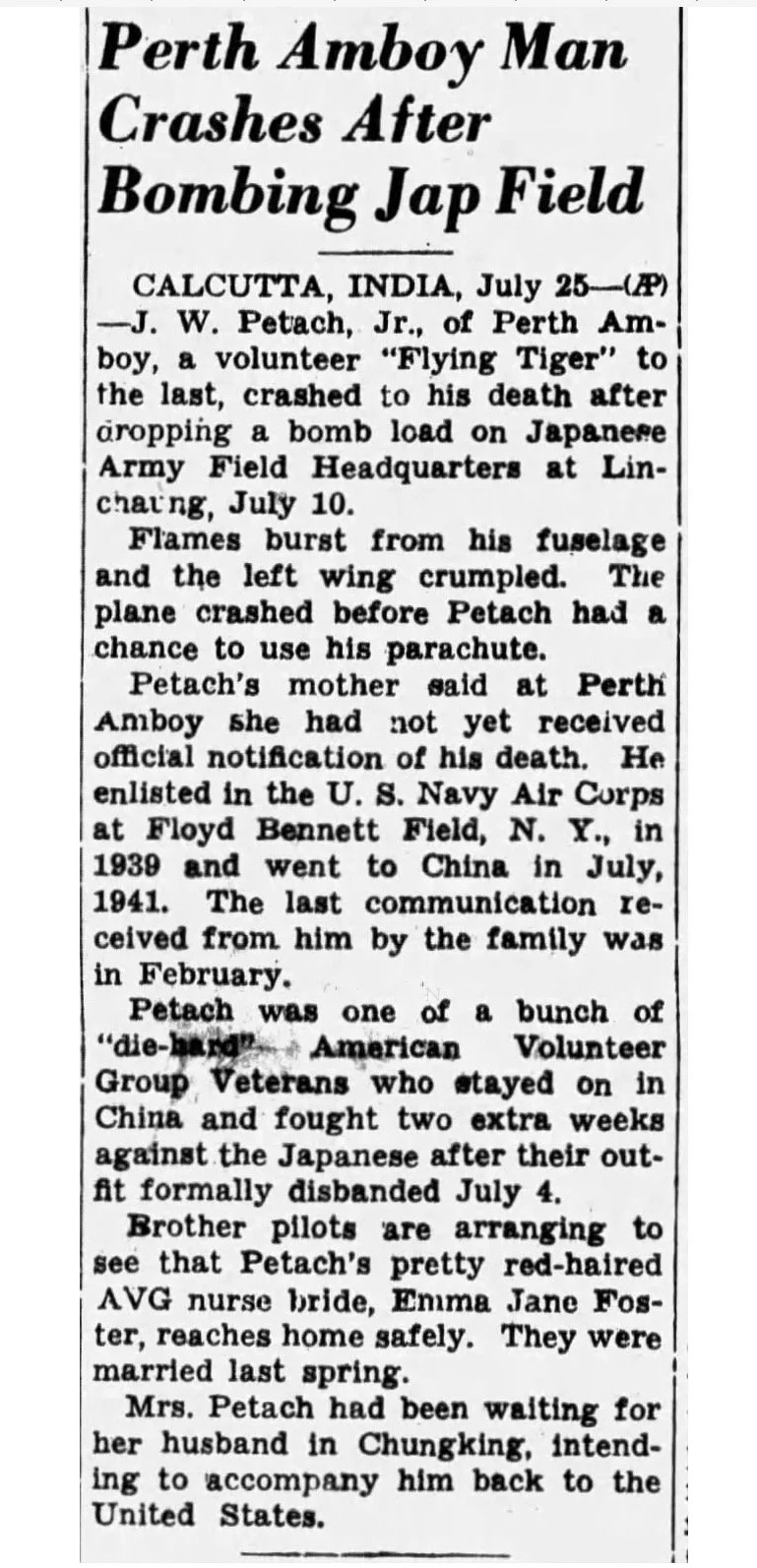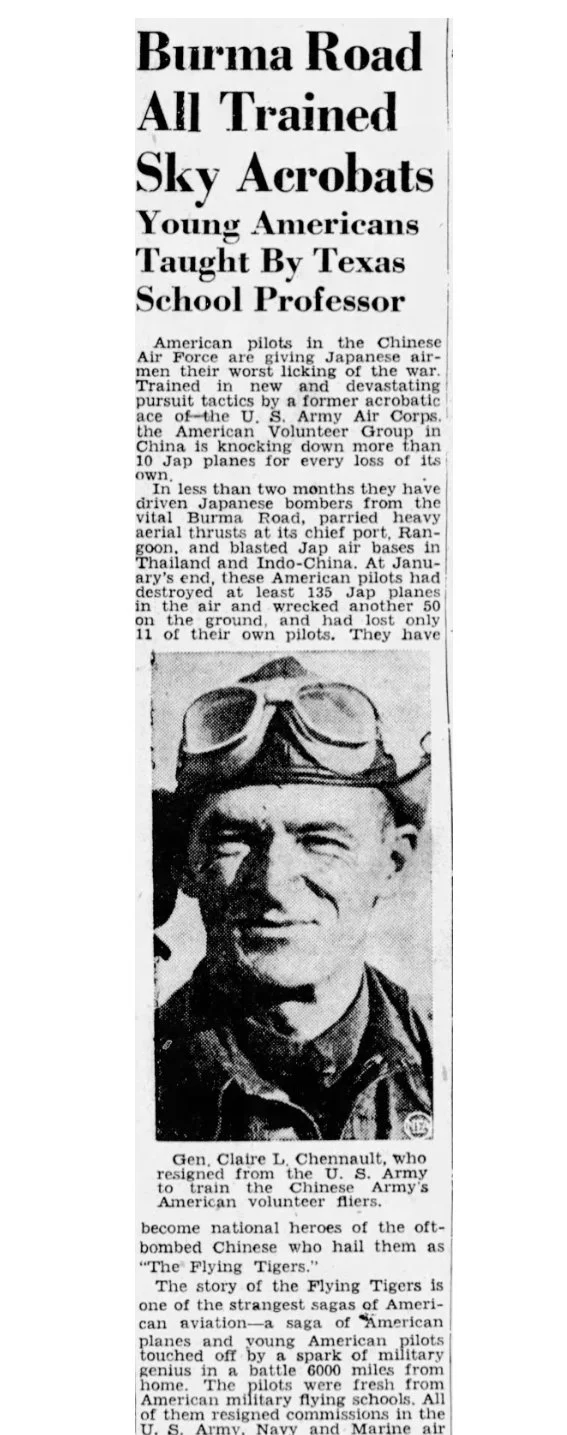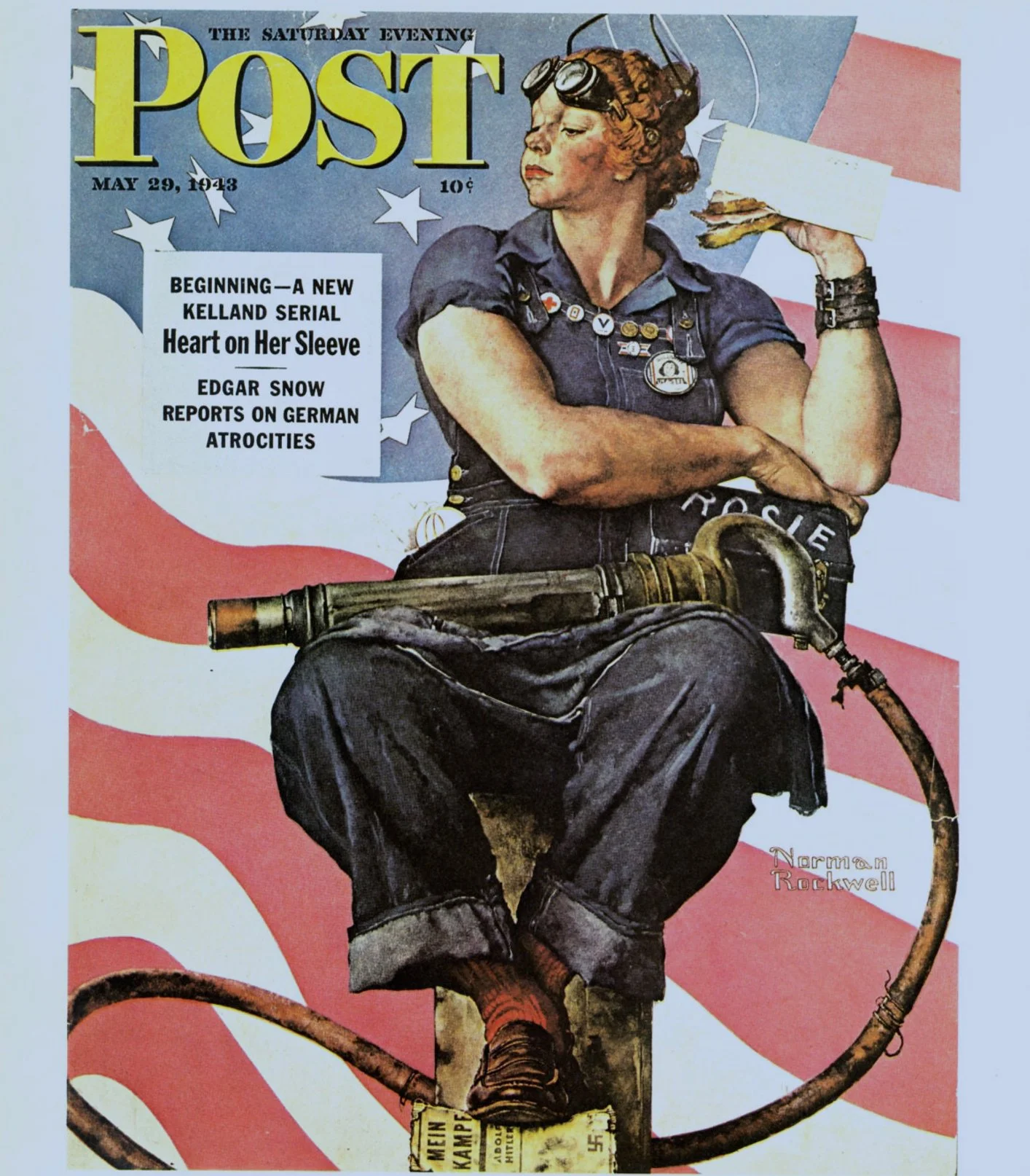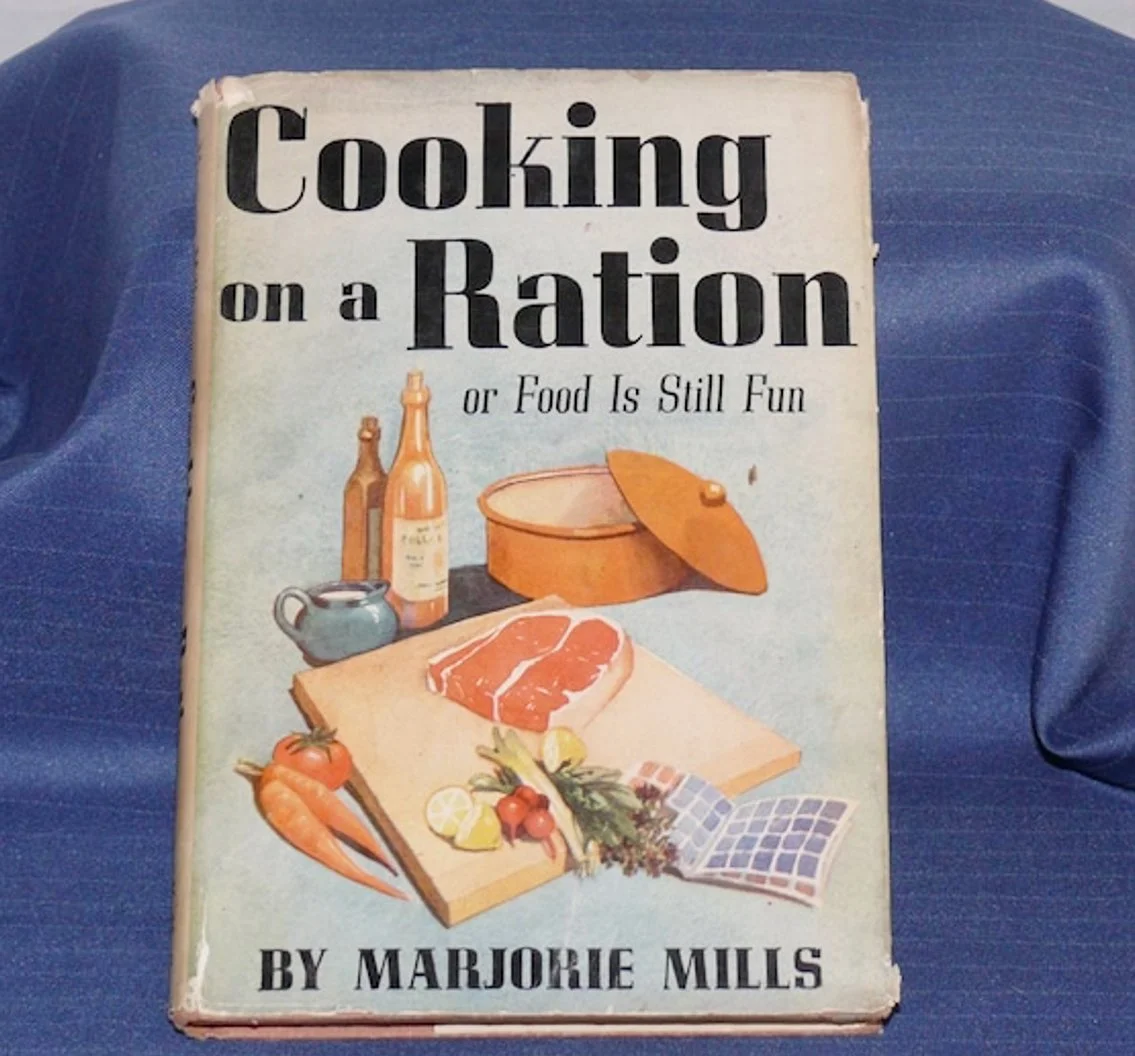Classroom Activities - Media Literacy
These lessons are based on the documentary Valor and Memory, and extend from the Flying Tigers’ exemplars into the experiences of the Armed Forces and the Home Front during and after World War II. Although there may not be time to use the entire documentary, you might show short excerpts from it. Teachers can use any of the lessons as they teach about World War II or during commemorations planned for Veterans’ Day. They will work best in Jigsaw groups of 6 students in 3 pairs.
FLYING TIGERS (AVG) KILLED IN ACTION
Neil Martin - December 1941
Henry Gilbert - December 1941
Allen Christman - January 1942
Louis Hoffman - January 1942
Thomas Cole - January 1942
Edward Leibolt - February 1942
John Newkirk - March 1942
John Donovan - May 1942
Robert Little - May 1942
John Petach - July 1942
For every 1000 Americans who served in World War II, 8.6 were killed in action. From just 200 Flying Tigers, 10 died in air battles over China, the Burma Road and what is now Thailand, among the most dangerous combat events in the war. Here is how the death of New Jersey native John Petach was reported in 1942.
WHO WAS JOHN PETACH? (click to see video)
(During World War II, it was common in America to use the word “Jap.” That term is now recognized as deeply offensive to Japanese and Japanese-Americans. It is included here only in an historic context.)
“The last communication received from him by the family was in February.” Four months had elapsed before Petach’s death. How is the communication from the military to home families different today?
As the war continued, there was a huge volume of letters home to loved ones of the Greatest Generation. How did the government manage this volume? Research “Vmail.” Why was Vmail often censored?
World War II Letters | National Postal Museum (si.edu)
Letters from families and sweethearts at home contained lipstick kisses, graduation programs, photographs, and sometimes drawings. Choose one of the 8 pilots who died, and note the month of his death. Write a letter he would never receive from his loved one, describing what was happening on the home front.
https://www.nps.gov/articles/000/the-american-home-front-and-world-war-ii.htm
TEACHERS: CLICK HERE TO DOWNLOAD HANDOUTS TO SHARE WITH STUDENTS
_____________________________________________________________




